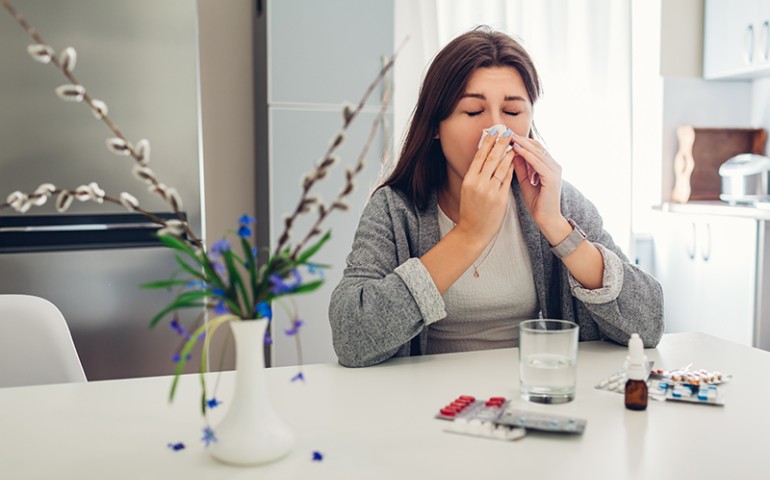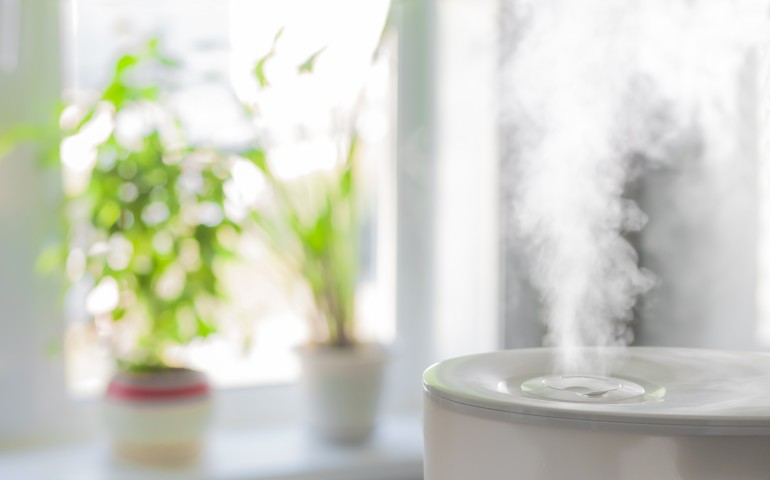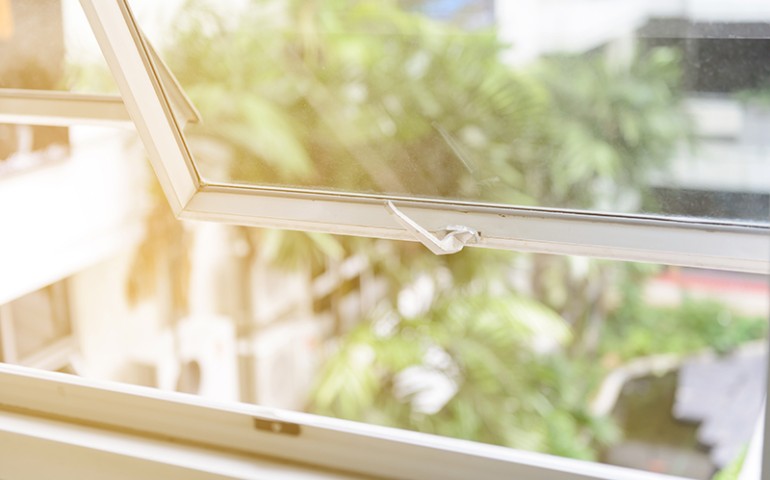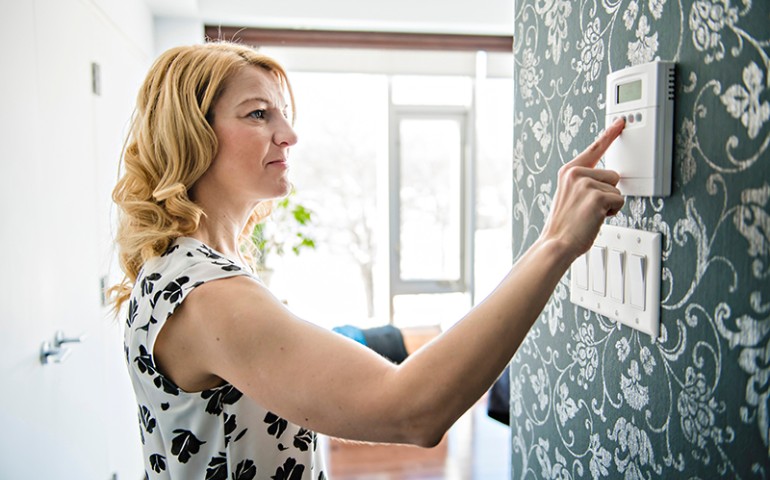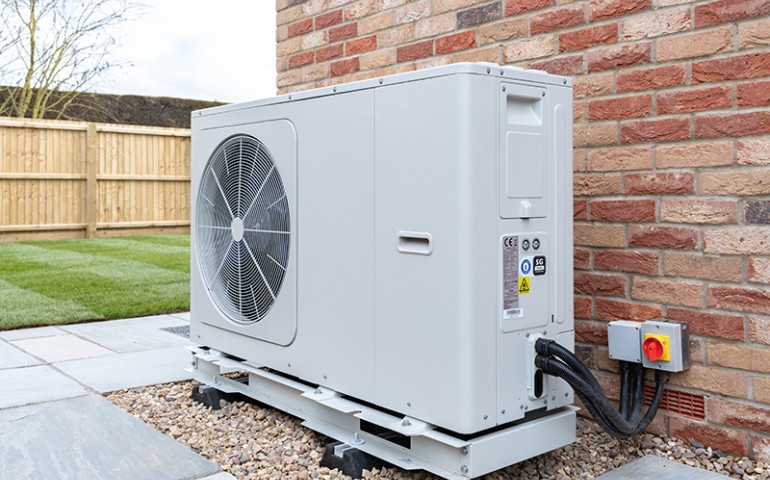Has your home been feeling muggy lately or even hotter than you think it should? Many regions of the country deal with humidity during certain seasons. Others have to handle shifts in humidity throughout the year. To sustain a comfortable and ideal home, we all need healthy air. This is combination of when the air is fresh, clean, and under 50% relative humidity.
Fresh air cycles into the home from outside full of oxygen. Air conditioning and heating systems cycle out the stale air inside and push fresh air into the home. But even air that is fresh and filtered is not enough if the humidity inside is too high. Most HVAC professionals recommend keeping the humidity in the home in the 30-50% range. High humidity can make the air feel muggy or warm even at moderate temperatures. Many problems can cause issues both for those living inside the home and the building.
What are symptoms of high humidity?
The air will feel muggy and warmer than it should
Increased sweating
Possible problems sleeping
Mold spores and dust mites growth
Even visible mold growth in the home
Wood warps and doors begin to stick
Mildew can grow on fabrics and carpets
Water stains and excess condensation
Serious problems with severe allergies
Living with high humidity may seem like a slight nuisance. But, the potential long-term effects can become dangerous and expensive. If the above symptoms have begun to manifest around your home, look into why the humidity is high. Learn what you can do about it. Let us look at a few ways for you to lower the humidity in your house.
Business hours
We offer 24 hour emergency service! Please call (847) 792-1019.

